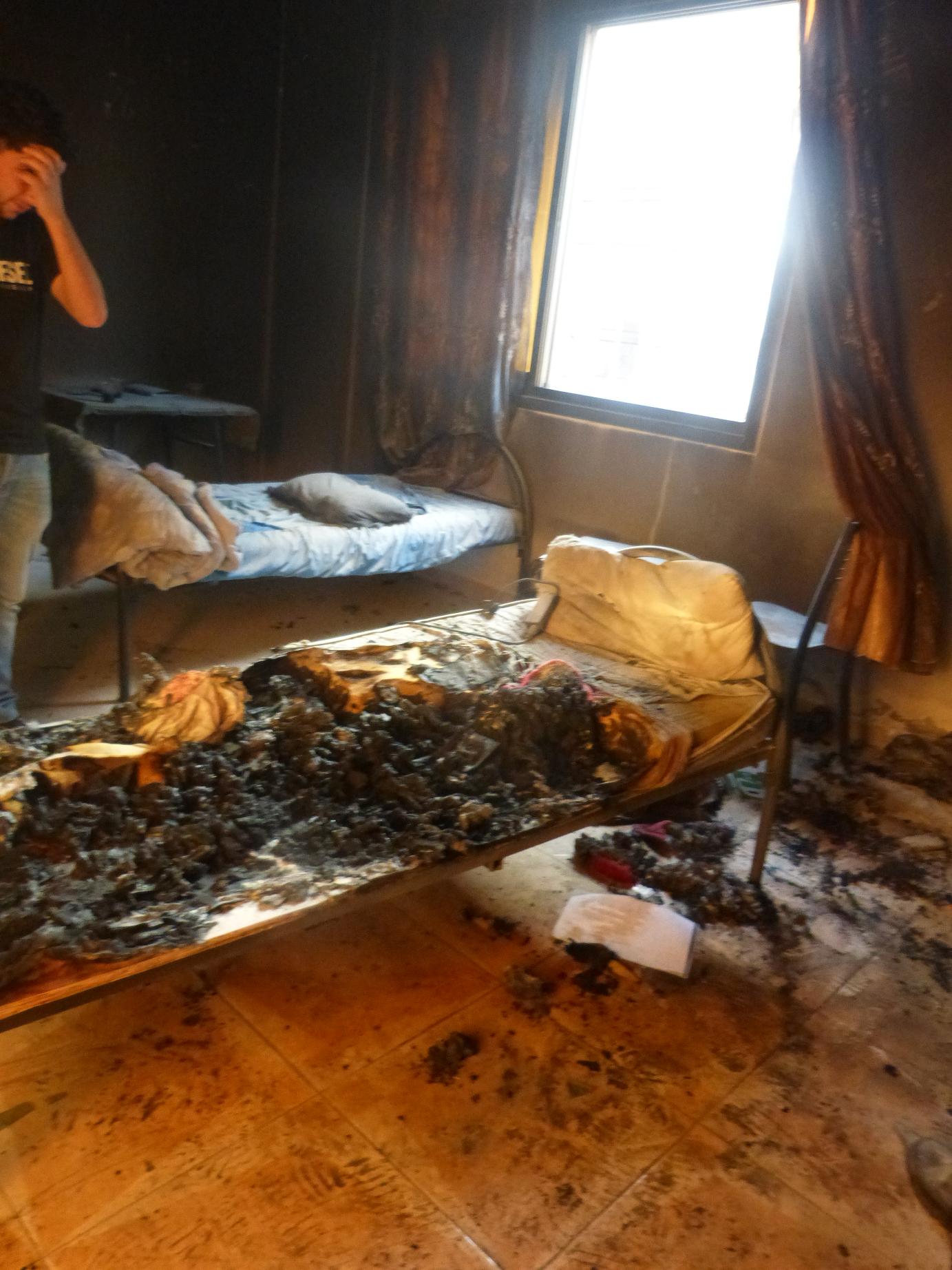Category: Reports
-
Student apartments burnt during Israeli military invasion of Nablus
12th July 2013 | International Solidarity Movement, Nablus Team | Nablus, Occupied Palestine In the early hours of Wednesday the 10th of July, the Israeli army, arriving from the military camp near the settlement of Qedumim (8km west of Nablus) raided the Nablus neighbourhood of Al Junied, near the new Al Najjar university campus. The…
-
Video – Father and 5-year-old son illegally detained in occupied Hebron
9th July 2013 | International Solidarity Movement, Khalil Team | Hebron, Occupied Palestine On July 9th at around 4pm in occupied Hebron, Israeli soldiers arrested and held a five-year-old boy in their military base along with his father. They kept the father handcuffed and blindfolded, and transferred them to the checkpoint separating the Israeli and…
-
Ten homes invaded, three arrested in night invasion of Talfit
8th July 2013 | International Solidarity Movement, Nablus Team | Talfit, Occupied Palestine In the early hours of Wednesday 3rd of July, the Israeli army conducted a large scale incursion into the northern West Bank village of Talfit, invading and trashing ten houses and arresting three men. The families of these prisoners have not heard…


